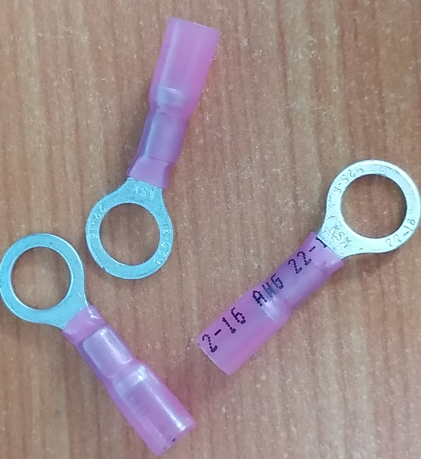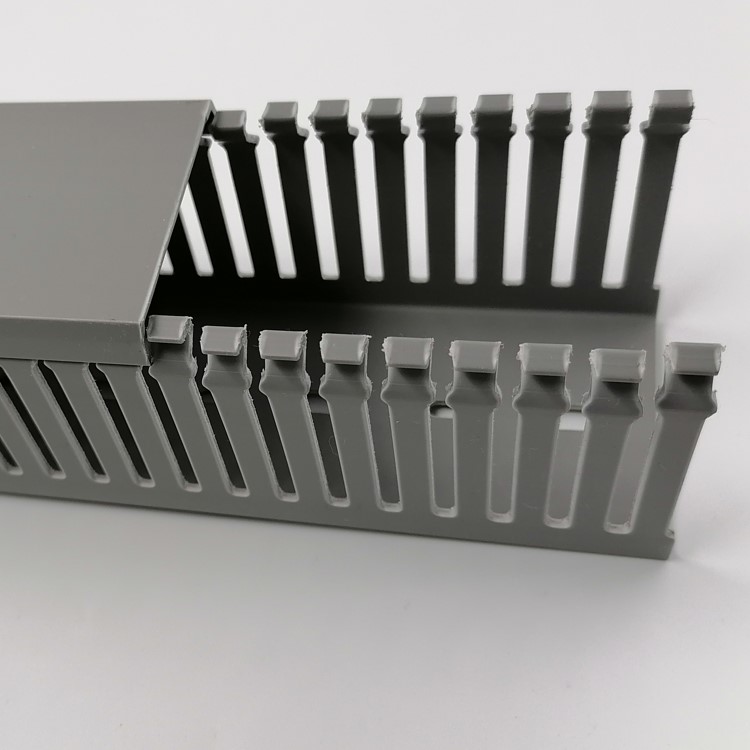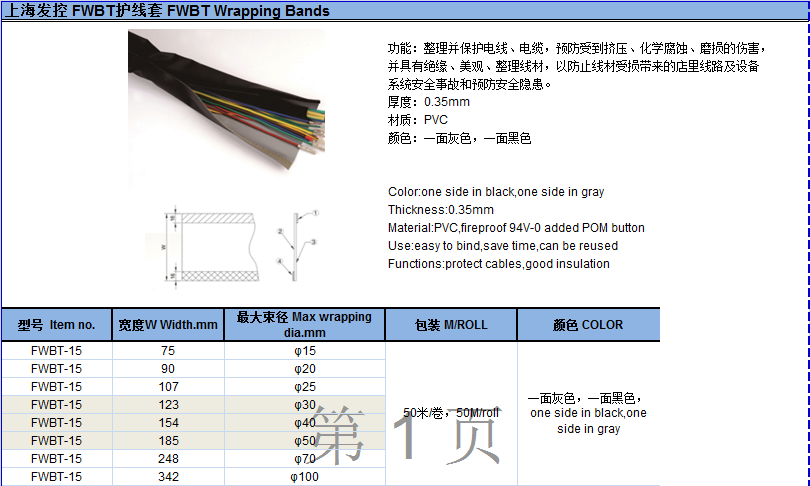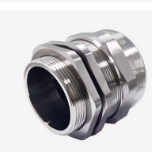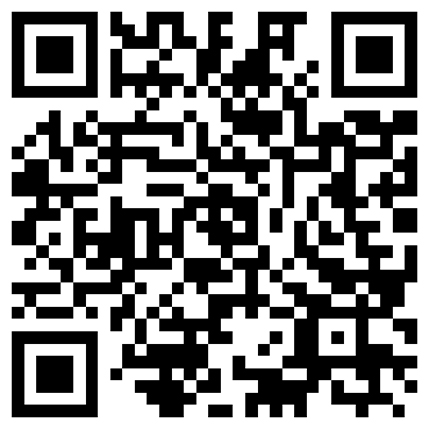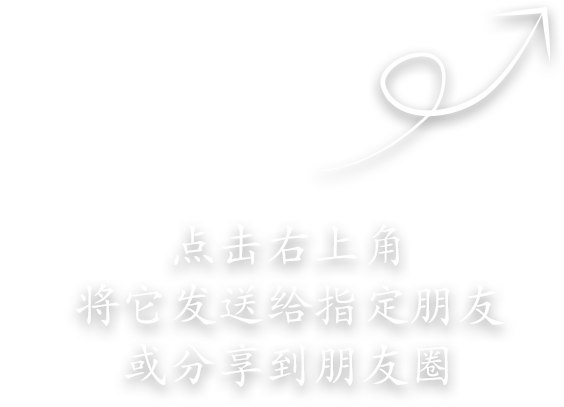Electrical energy is the energy transferred as electric charges move between points with different electric potential, that is, as they move across a potential difference. As electric potential is lost or gained, work is done changing the energy of some system. The amount of work in joules is given by the product of the charge that has moved, in coulombs, and the potential difference that has been crossed, in volts.[1]
Electrical energy is usually sold by the kilowatt hour (1 kW·h = 3.6 MJ) which is the product of the power in kilowatts multiplied by running time in hours. Electric utilities measure energy using an electricity meter, which keeps a running total of the electrical energy delivered to a customer.
Electric heating is an example of converting electrical energy into thermal energy. The simplest and most common type of electric heater uses electrical resistance to convert the energy. There are other ways to use electrical energy. Electric charges moves as a current the heater element which has a potential difference between the ends: energy is transferred from the charges to the element, increasing the element's temperature and thermal energy as the charges lose potential energy.